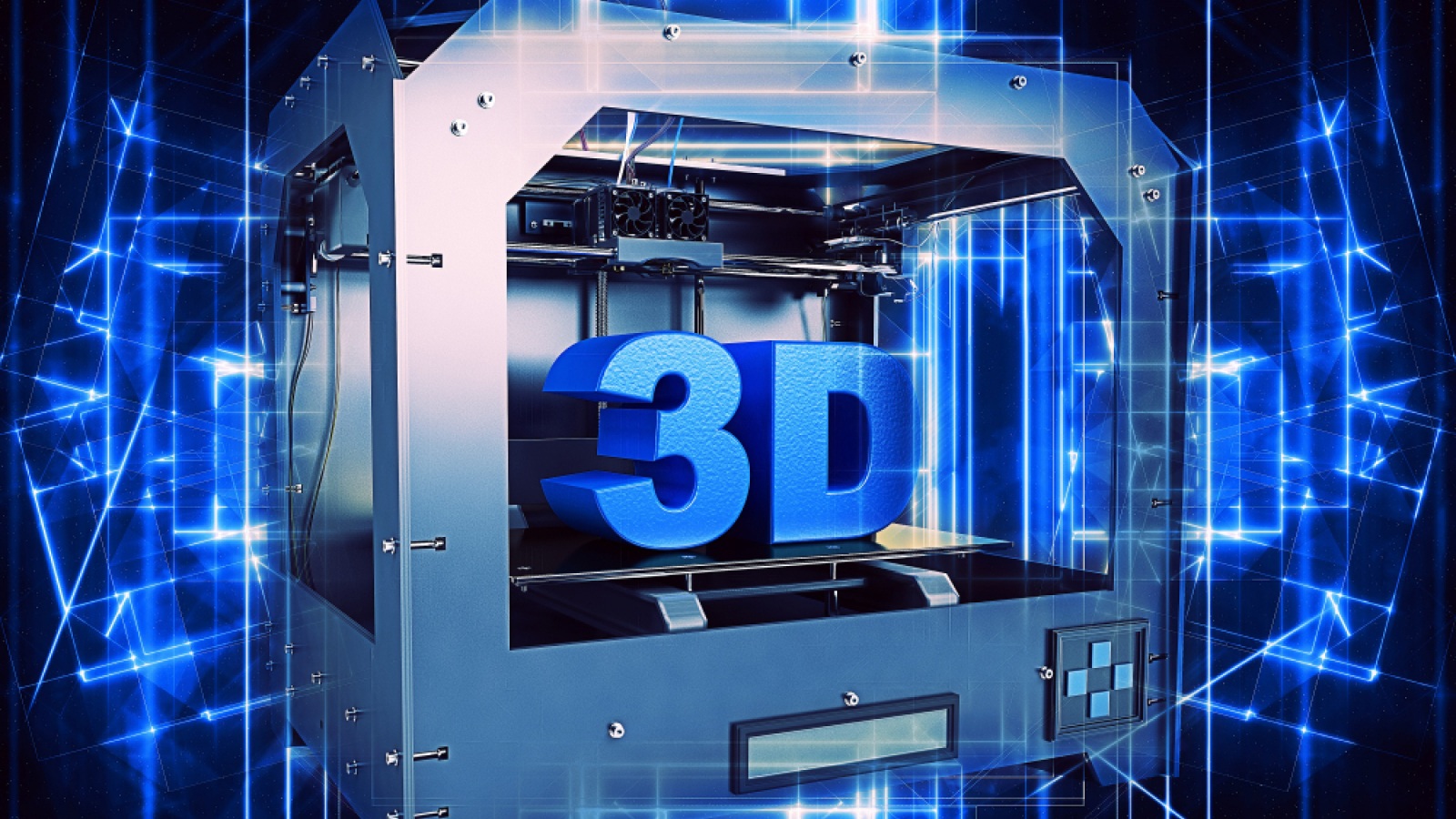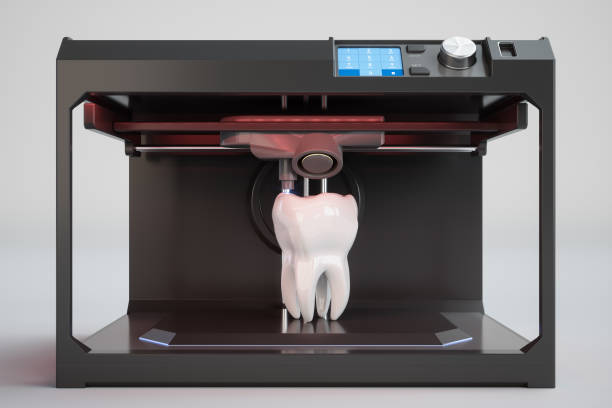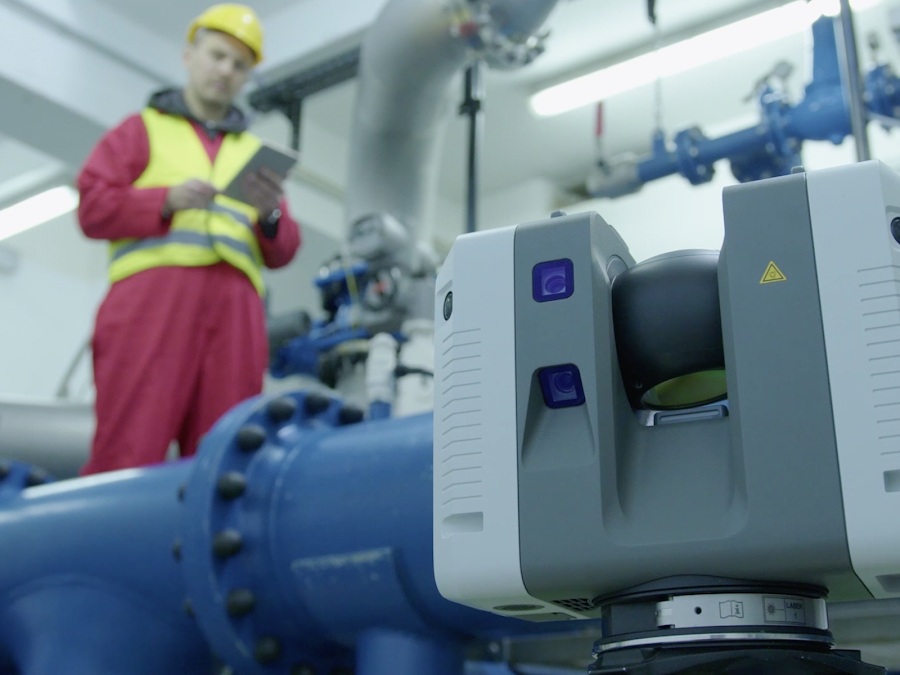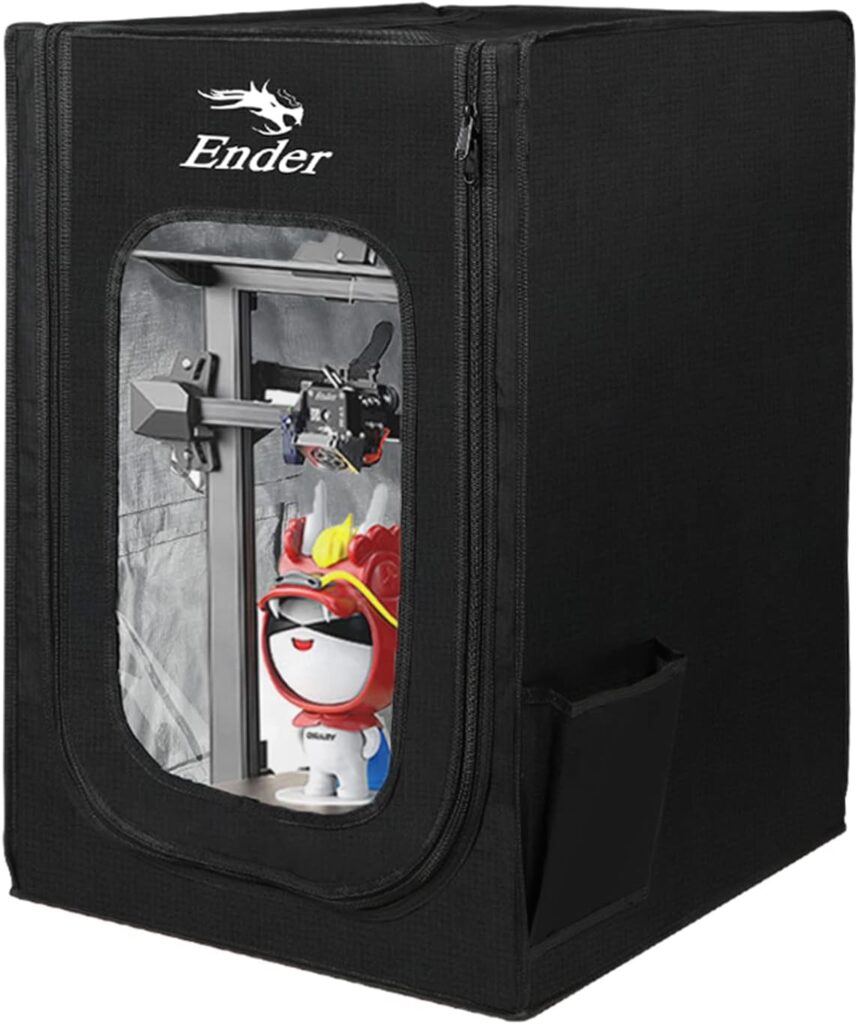Top 3D Printers for Small Business Manufacturing in 2025 | Real-World Tested
Looking for a reliable 3D printer for your small business? We’ve tested dozens to find the ones that deliver consistent results, save you money, and actually pay for themselves. No marketing fluff—just honest recommendations.
Why I Started Using 3D Printers in My Shop
When I first bought a 3D printer for my custom furniture business four years ago, I was skeptical. Would it really save me time? Could it produce parts strong enough for commercial use? Would it be another expensive tool gathering dust?
Fast forward to today, and I’m running four printers almost constantly. They’ve transformed how I prototype new designs, create custom fixtures, and even manufacture end-use parts for clients. The right printer doesn’t just add capabilities—it opens up entirely new business opportunities.
But finding the right one? That’s where things get complicated.
What Nobody Tells You About 3D Printing for Business
Everyone talks about the benefits, but after helping five other small business owners set up their first printing operations, here’s what I’ve learned really matters:
- Reliability matters more than specs. A printer that works consistently at 85% of advertised performance beats one that hits 100% but breaks down weekly.
- Support is everything. When (not if) something goes wrong, how quickly can you get help? Is there an active community? Are replacement parts readily available?
- Total cost goes beyond purchase price. Consider material costs, maintenance parts, electricity usage, and most importantly—staff time spent troubleshooting.
- Ease of use affects adoption. The fanciest printer collects dust if your team finds it frustrating to use.
With these lessons in mind, here are the four printers I currently recommend to small businesses looking to incorporate 3D printing into their workflows.
The Best 3D Printers for Small Business Use in 2025
1. Prusa MK4S – The Next-Gen Workhorse
The Prusa MK4S is the evolved successor to the legendary MK3S+, and it builds on everything that made the original great while adding significant speed and quality improvements. Having upgraded my shop to this model six months ago, I’ve been impressed with how it maintains the reliability while delivering better results.
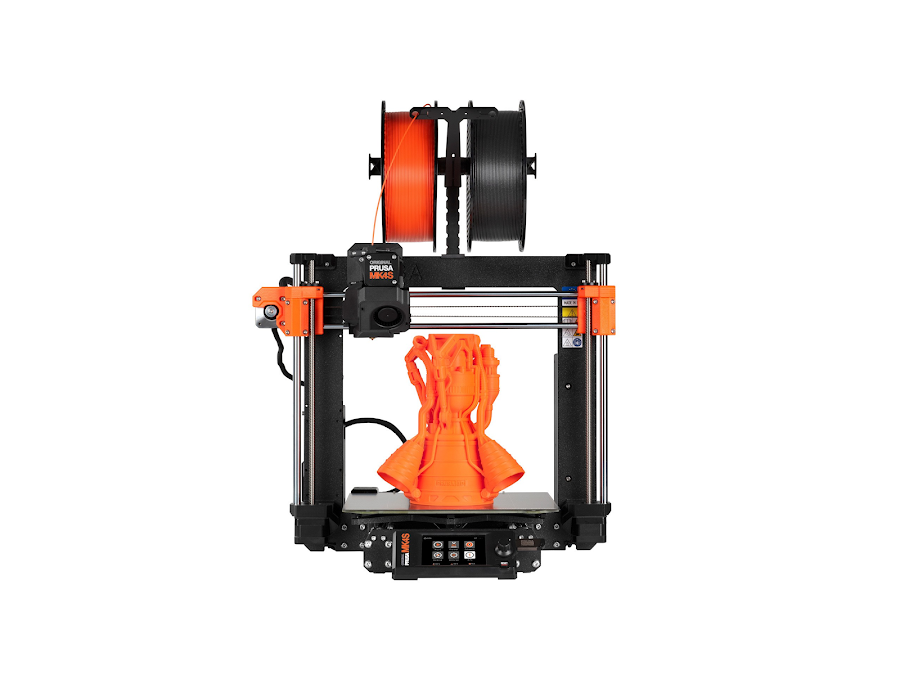
What I Love About It:
- The 360° cooling system makes overhangs print perfectly without supports
- Significantly faster print speeds without sacrificing quality
- Auto-calibration that actually works perfectly every time
- Quiet operation compared to most printers in its class
- The high-flow nozzle option cuts print times dramatically
- Still maintains the legendary Prusa reliability
The Downsides:
- Higher price point than the previous generation
- Slightly steeper learning curve for absolute beginners
- Some specialty materials still benefit from an enclosure (sold separately)
Who It’s Perfect For:
Small businesses that need reliability combined with faster production speeds. Perfect for those who need a printer that “just works” but also keeps up with growing production demands.
Price: $999 (kit) / $1,365 (assembled)
>>>Check Current Price Now on MatterHackers<<<
2. Prusa Core One – The Enclosed Speed Demon
After testing the Core One for the past three months in our production environment, I’m convinced it’s a game-changer for small businesses working with more demanding materials. This fully enclosed CoreXY printer hits the sweet spot between professional features and reasonable cost.
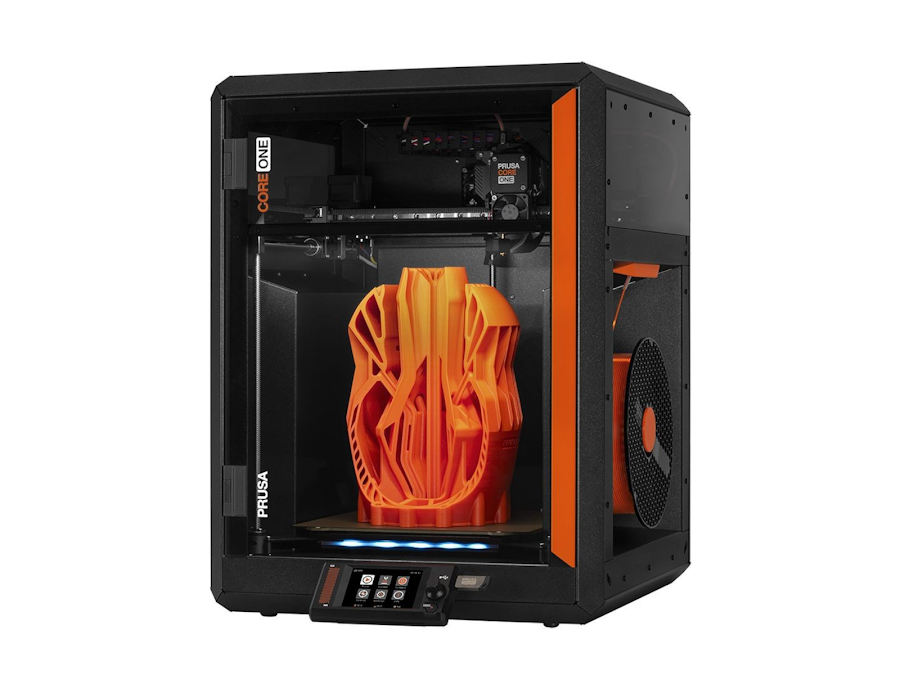
What I Love About It:
- The enclosed design with active temperature control makes printing with ASA, ABS, and nylon actually reliable
- CoreXY kinematics deliver significantly faster prints than traditional designs
- All-steel frame provides rock-solid stability even during high-speed printing
- Compact footprint takes up 50% less space than a comparable enclosed MK4S
- Setup takes just 10 minutes from unboxing to first print
- Compatible with over 200 material profiles out of the box
The Downsides:
- Higher initial investment (though worth it if you need the enclosure)
- Fully enclosed design makes some maintenance tasks slightly more involved
- Optional accessories like the camera and filtration system cost extra
Who It’s Perfect For:
Small businesses that need to reliably print with engineering-grade materials or those looking to upgrade from a basic printer to something more professional without breaking the bank. Especially valuable for those with limited workspace who need an enclosed printer.
Price: $1,299 (kit) / $1,649 (assembled)
>>>Check Current Price on MatterHackers<<<
3. Ultimaker S5 – Professional-Grade Dual Extrusion
When my business started taking on more client work requiring water-soluble supports and multi-material prints, I invested in the Ultimaker S5. After 18 months of heavy use, it’s proven to be worth every penny of its premium price.
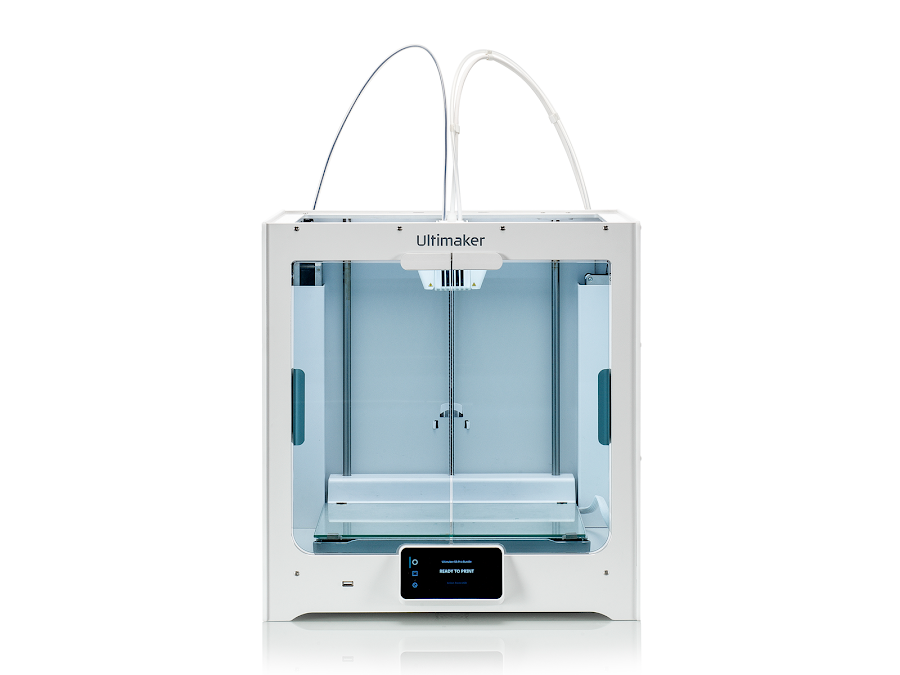
What I Love About It:
- The large build volume handles nearly everything I throw at it
- Dual extrusion is seamless (unlike budget dual extruders I’ve tried)
- Network connectivity and camera monitoring let me check prints remotely
- The enclosed chamber makes printing engineering materials actually possible
- Print quality is consistently excellent with minimal tweaking
The Downsides:
- Significant investment that takes time to recoup
- Material costs are higher if you stick with Ultimaker-branded filament
- Takes up considerable desk/workbench space
Who It’s Perfect For:
Established businesses that need professional-quality output and can justify the investment. Especially valuable for those working with clients who expect polished results or those printing complex geometries requiring soluble supports.
Price: $6,355
>>>Check Current Price on MatterHackers<<<
4. Bambu Lab X1 Carbon – Speed and Multi-Material Magic
After seeing what the X1 Carbon could do at a local makerspace, I invested in one for my production shop eight months ago. The difference in throughput has been remarkable, especially for complex multi-color prototypes that used to require multiple prints and assembly.
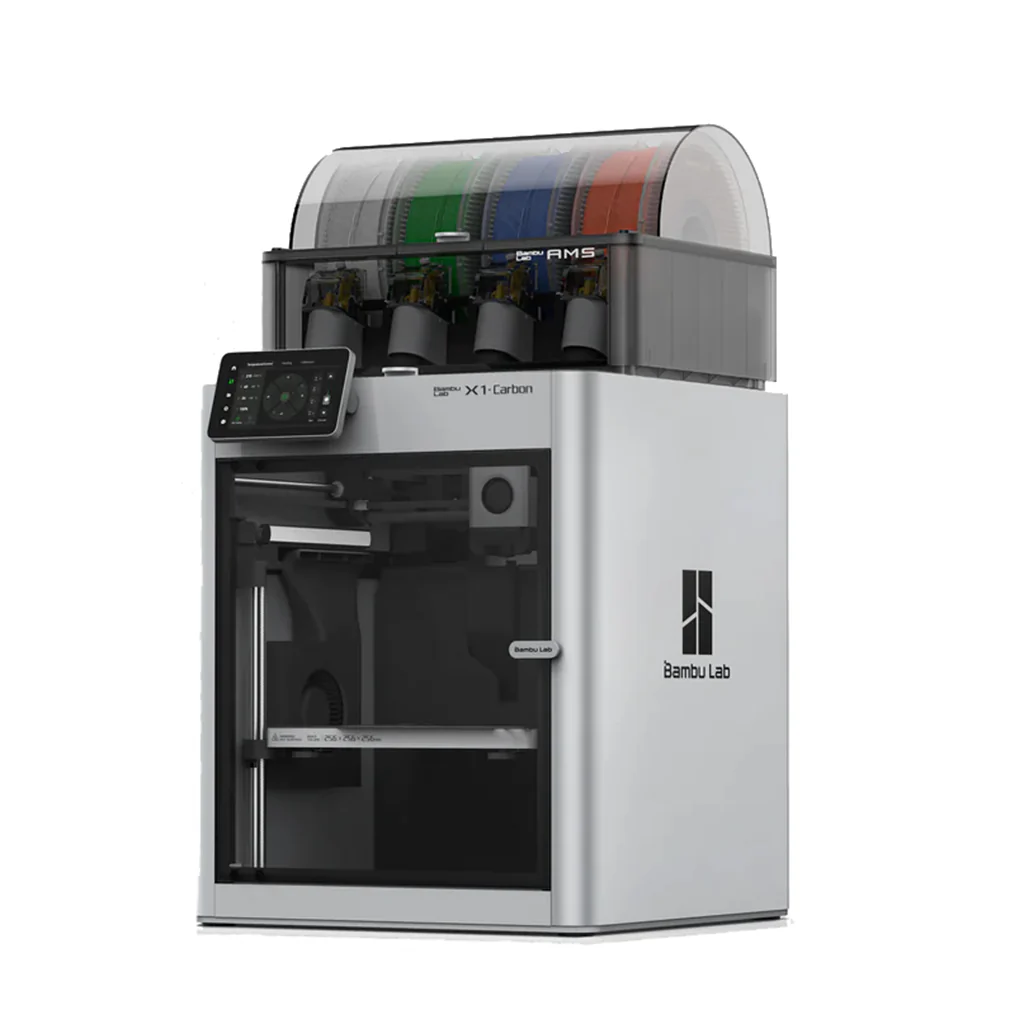
What I Love About It:
- The CoreXY design delivers speeds up to 500mm/s without sacrificing quality
- The AMS (Automatic Material System) handles multi-color and multi-material prints seamlessly
- Lidar-assisted bed leveling means I haven’t manually adjusted in months
- Built-in camera monitoring lets me check prints remotely
- The enclosed design with activated carbon filter makes printing ABS and other materials practical in a shared space
- Print quality is exceptional, even at high speeds
The Downsides:
- Higher initial investment than basic printers
- Proprietary ecosystem limits some customization options
- The AMS can waste a bit of filament during material changes
- Steeper learning curve for complete beginners
Who It’s Perfect For:
Small businesses that need to maximize productivity without sacrificing print quality. Particularly valuable for those working on client-facing prototypes where aesthetics matter, or for shops that frequently need multi-material or multi-color parts.
Price: $1,449 (with AMS)
>>>Check Current Price on MatterHackers<<<
Finding the Right Printer for Your Specific Business
Over the years, I’ve developed a simple framework to help business owners choose the right printer:
Ask Yourself These Questions:
- What’s your primary goal? Prototyping, production parts, visual models, or specialized applications?
- What’s your budget reality? Include not just the printer, but materials for 6 months, maintenance parts, and dedicated staff time.
- What’s your tolerance for tinkering? Some businesses can afford to have someone dial in settings; others need plug-and-play reliability.
- What materials do you actually need? Not what could be “nice to have” someday, but what you’ll use regularly.
Based on your answers:
- If reliability and value are your priorities: The Prusa MK4S will serve you well.
- If you need to print engineering materials or want faster speeds: The Prusa Core One is your best bet.
- If you need multi-color printing with high speed: The Bambu Lab X1 Carbon is the way to go.
- If you need professional-grade results and dual material capability: The Ultimaker S5 is worth the investment.
The Bottom Line
The 3D printer market is filled with options claiming to be perfect for businesses. The reality? Many aren’t ready for the demands of commercial use.
The four printers I’ve recommended have proven themselves in real-world business environments—not just in optimal testing conditions or occasional hobbyist use. They’re the ones I trust in my own operation and recommend to fellow business owners.
[This post contains affiliate links. If you purchase through these links, I may earn a commission at no additional cost to you.]
